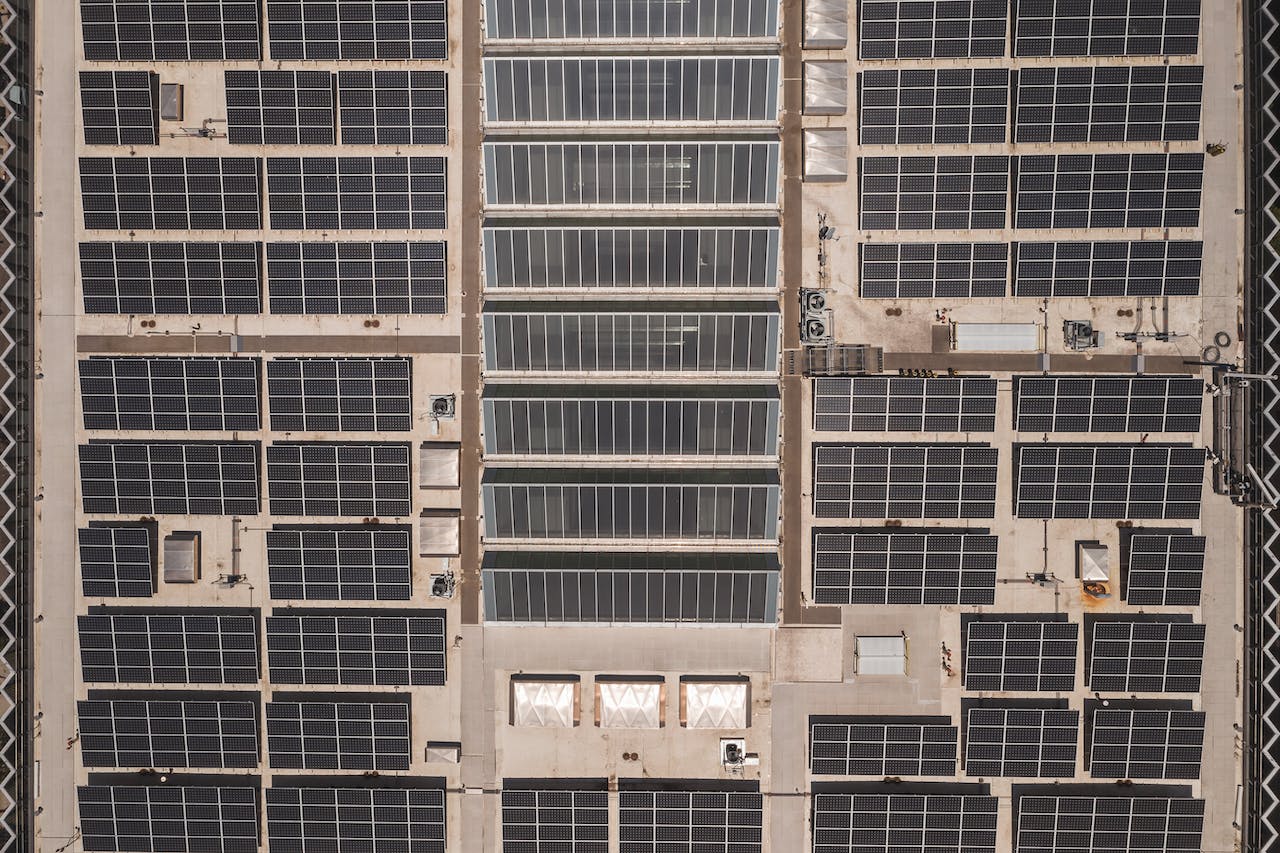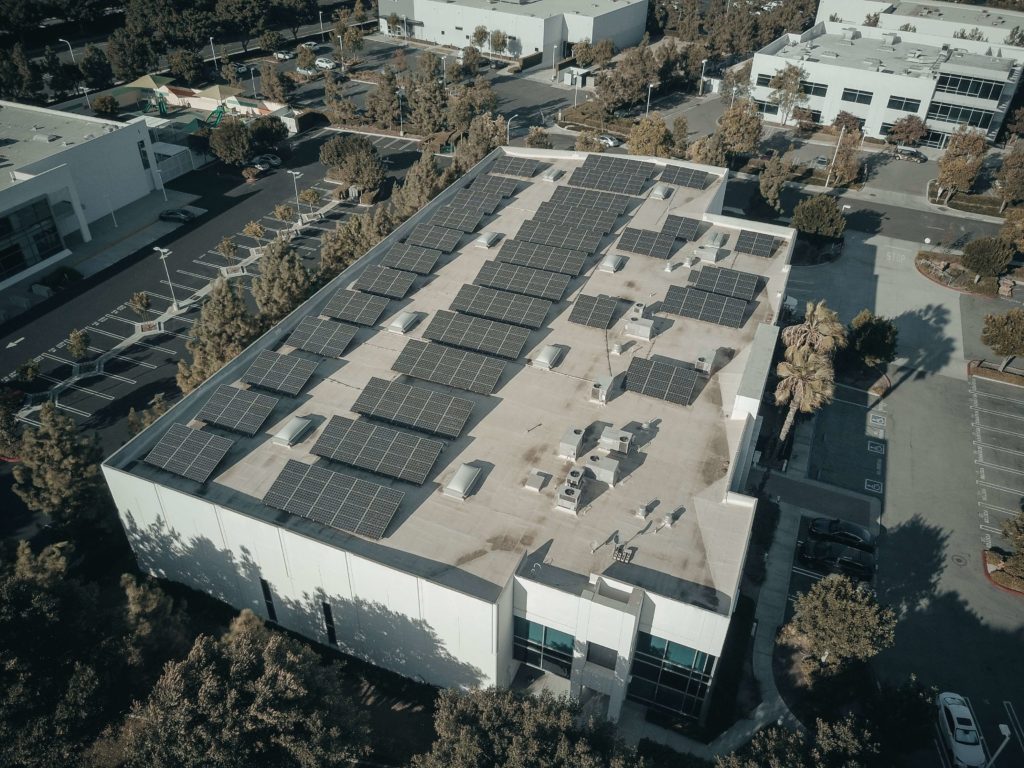
Hydrogen has long been heralded as a promising clean energy carrier with the potential to transform various industries, including transportation and energy storage. One exciting avenue for making H2 fuel more affordable and widely accessible is the integration of rooftop solar panels into the production process.
Traditionally, hydrogen production has relied on methods like steam methane reforming or electrolysis, which require dedicated facilities and can be energy-intensive. Rooftop PV panels, on the other hand, provide a decentralized and sustainable method of producing H2 that has the potential to completely transform the sector in a number of ways.
Rooftop solar panels harness sunlight to generate electricity, which can be used to power electrolyzes that split water into H2 and oxygen. The result of this process, called electrolysis, is what’s commonly called “green hydrogen” because it doesn’t use fossil fuels and creates no carbon dioxide. Integrating solar panels with electrolysis systems can significantly improve energy efficiency.
This method avoids the need to limit excess energy or store it in batteries by producing H2 using extra electricity generated during sunny hours. It optimizes the use of intermittent renewable energy sources.

Rooftop panels are distributed across a wide geographic area, reducing the need for centralized hydrogen production facilities and transportation infrastructure. Decentralization has the potential to reduce expenses linked to the delivery of hydrogen and increase the fuel’s accessibility for a wider spectrum of users.
The cost of power for producing hydrogen will drop as solar panel costs continue to plummet, increasing hydrogen production’s economic viability. Furthermore, rooftop installations’ scalability permits gradual extension, coordinating H2 output with regional demand.
Hydrogen produced from rooftop panels can promote energy independence for residential and industrial users. Users can lessen their dependency on centralized energy providers and ensure a more reliable energy supply by producing their own H2. Making the switch to rooftop solar production lowers the greenhouse gas emissions linked to traditional H2 production techniques, improving air quality and lowering carbon footprint.
While the integration of rooftop PV panels into H2 production holds great promise, there are still challenges to overcome, such as the intermittent nature of solar energy and the need for efficient storage and transportation solutions.
Nevertheless, ongoing research and development efforts in both industries are driving innovation and paving the way for a future where H2 fuel is not only cleaner but also more affordable and accessible for all.
Font: Hydrogen Fuel News

UH2 offers integrated solutions, combining hydrogen production with solar and wind power. Able to provide the full project needs, UH2 works with Universal Kraft on innovative solutions to guarantee a more a sustainable, reliable and affordable energy system.
